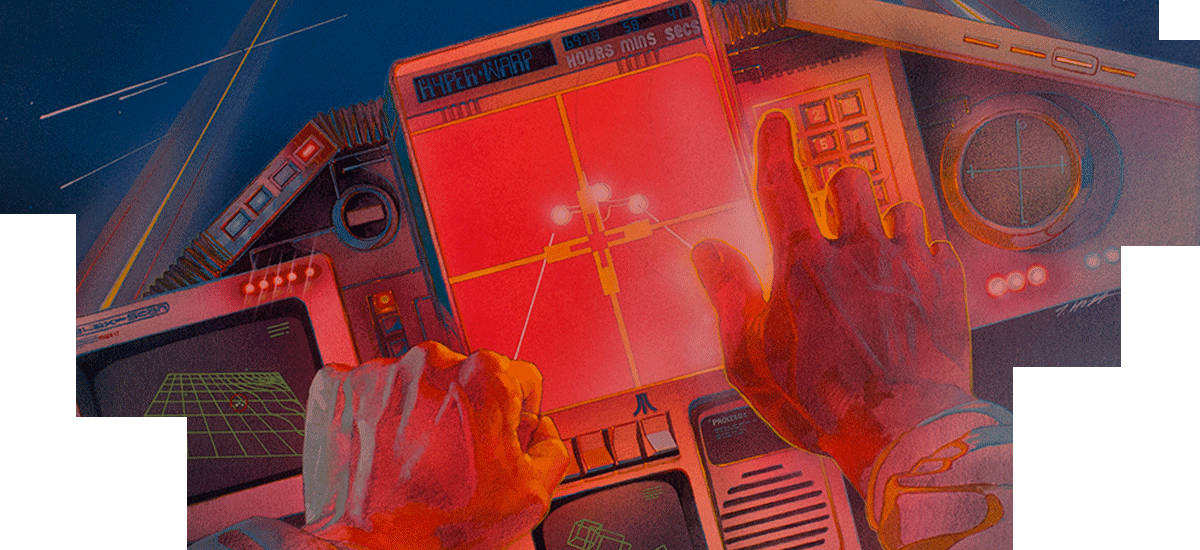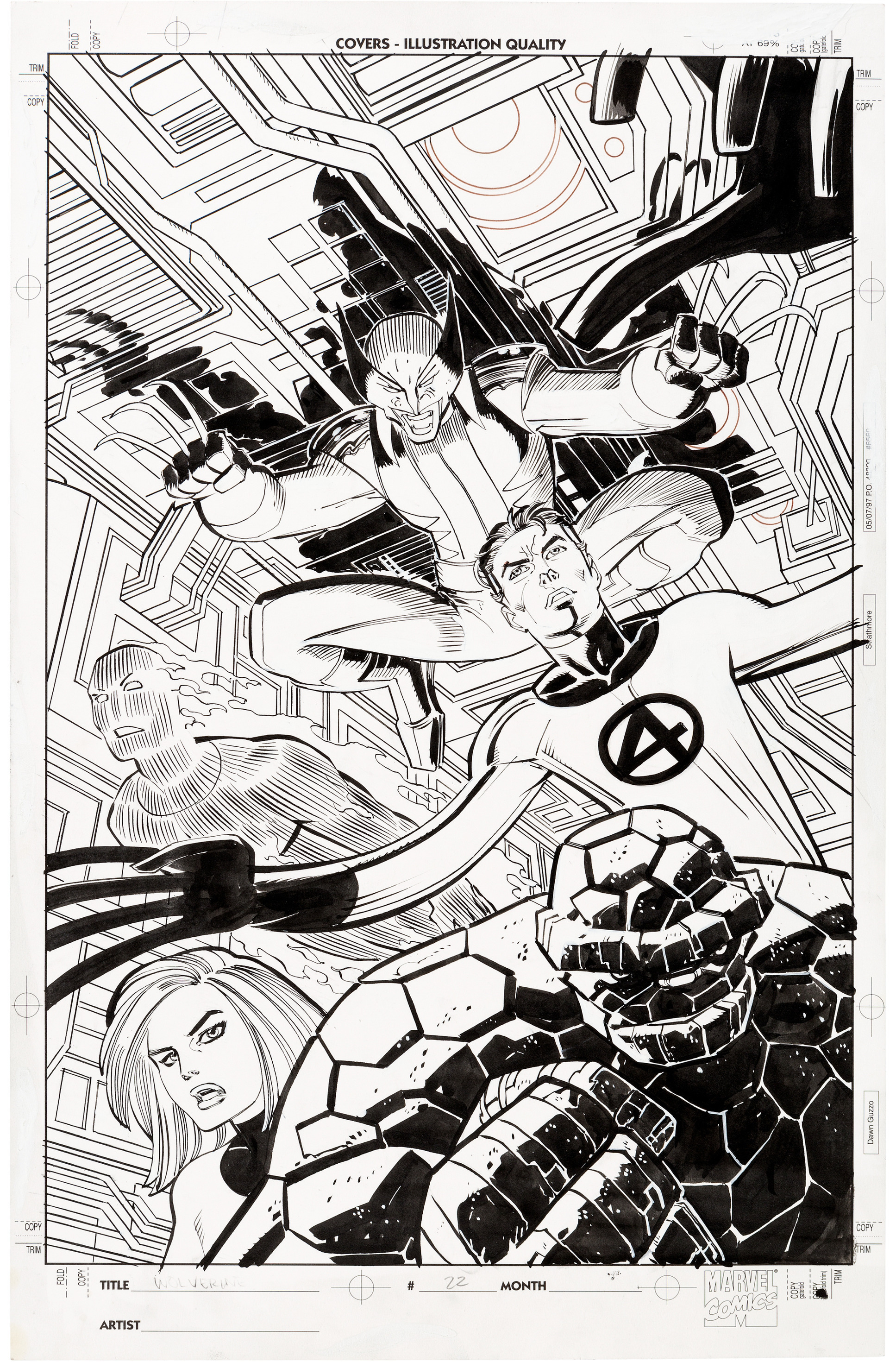The book I didn’t know I couldn’t live without until I had it: Art of Atari.
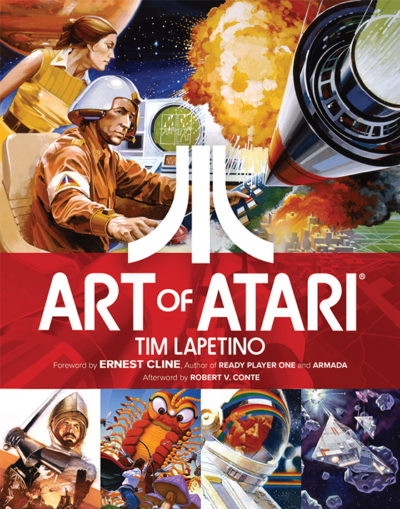 I don’t really consider myself as having grown up with the Atari video game system. I played the Atari when and had fun doing so, but to me the Atari seemed like the system of the generation before mine. Still, one thing that I always admired about Atari were the covers for their video games. When the Atari was new the graphics for video games were extremely primitive. Instead of having recognizable avatars, even top of the line games would have things like red squares representing people and triangles spaceships. But the art created for the game cartridges was something else entirely. With the covers we get these beautiful traditionally hand illustrated paintings of what we’d imagine was going on in the game, and not what was actually happening on screen. And the new Art of Atari book collects lots and lots of these original paintings.
I don’t really consider myself as having grown up with the Atari video game system. I played the Atari when and had fun doing so, but to me the Atari seemed like the system of the generation before mine. Still, one thing that I always admired about Atari were the covers for their video games. When the Atari was new the graphics for video games were extremely primitive. Instead of having recognizable avatars, even top of the line games would have things like red squares representing people and triangles spaceships. But the art created for the game cartridges was something else entirely. With the covers we get these beautiful traditionally hand illustrated paintings of what we’d imagine was going on in the game, and not what was actually happening on screen. And the new Art of Atari book collects lots and lots of these original paintings.
I especially like the covers done by artist Steve Hendricks who helped define a house style for how the Atari video game cartridges should look in his, what’s now a retro, style that’s absolutely gorgeous.
Nowadays covers to video game are all illustrated in this hyper-realistic 3D style that’s supposed to emulate the actual video game content within. Which is a shame since while that’s nice, I’d argue that the approach by the artists of the Atari age was better.
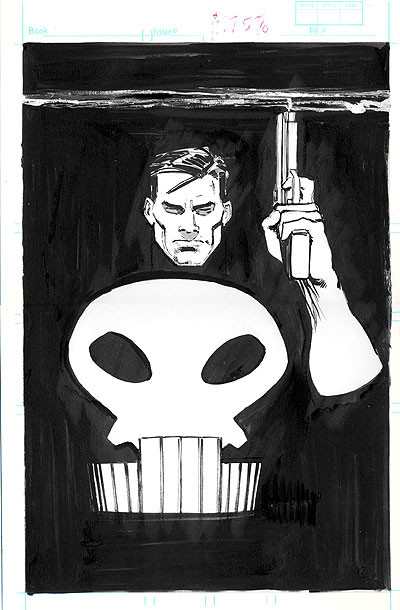 My favorite comic book character who returned after a long absence: The Punisher.
My favorite comic book character who returned after a long absence: The Punisher.
Okay, I lied — the Punisher’s been around in one form or another since he debuted in the early 1970s. But over the last decade he was a mostly forgotten character writers would use to try out their ideas on before moving onto something else. However, in 2016 the Punisher returned with a vengeance (haha) after having appeared in the latest season of Daredevil and is now being spun-off into his own Netflix series due out laster this year.
Best of all most of the Punisher’s early comic book stories are now available in collected forms with these massive editions of both Punisher and Punisher War Journal out and available for purchase.
My favorite books about how hard it is to create something that stands the test of time: The Fifty-Year Mission: The Complete, Uncensored, Unauthorized Oral History of Star Trek.
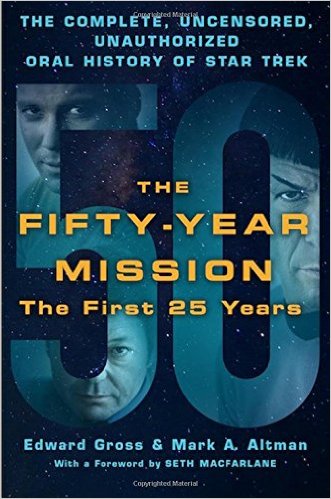 I’d always assumed that the making of the Star Trek TV series was mostly easy. Or easier than it seems like it is with other series, especially since the show was in production for 18 years from 1987 to 2005. But I was surprised to learn how wrong I was after having read the two volume The Fifty-Year Mission… that chronicles all things Star Trek from before the first series debuted in 1966 to the last Enterprise and all the movies as well. I’d known how dysfunctional the original Star Trek set was in the 1960s, but I had no idea how dysfunctional all the sets were. It seems like whenever there’s even the hint of success for someone, someone else already in power’s going to get jealous, and when that happens it means trouble for everyone else down the line.
I’d always assumed that the making of the Star Trek TV series was mostly easy. Or easier than it seems like it is with other series, especially since the show was in production for 18 years from 1987 to 2005. But I was surprised to learn how wrong I was after having read the two volume The Fifty-Year Mission… that chronicles all things Star Trek from before the first series debuted in 1966 to the last Enterprise and all the movies as well. I’d known how dysfunctional the original Star Trek set was in the 1960s, but I had no idea how dysfunctional all the sets were. It seems like whenever there’s even the hint of success for someone, someone else already in power’s going to get jealous, and when that happens it means trouble for everyone else down the line.
After having read the books, I get the feeling that whenever anything Star Trek related worked it was usually because of just a few people, but when Star Trek failed it was because of the decisions of committees.
My favorite actor/writer who redefined the superhero genera even though no one believed in him: Ryan Reynolds.
I’m not a big fan of actor Ryan Reynolds, but after 2016 I have to admit two things: 1) He was totally right in spending a decade doggedly trying to get his movie Deadpool to the big screen and 2), Deadpool is the character he was born to play. And now because of the success of Deadpool we have this alt-superhero movie that really isn’t like any other superhero movie before. And because it was so successful means that we now have the opportunity to have other superhero films that are new and different then the standard superhero fare that we’re treated to a few times each year.
